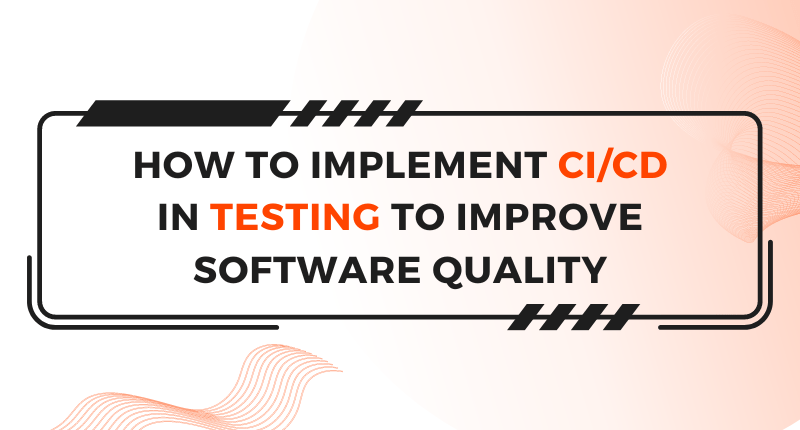Testing is a crucial part of the software development process. It helps ensure that the software works as intended and meets the user’s requirements. However, testing can also be time-consuming and prone to errors, which can impact the quality of the software. That’s where Continuous Integration and Continuous Delivery (CI/CD) comes in.
CI/CD is a software development approach that focuses on delivering high-quality software to customers at a faster pace. It consists of two main components: Continuous Integration (CI) and Continuous Delivery (CD). While CI/CD is usually associated with the development and deployment phases, it can also be implemented in testing to improve the overall quality of the software.
Continuous Integration in Testing
Continuous Integration in testing involves the continuous testing of code changes as soon as they are made. This ensures that any bugs or defects are caught early in the development process, reducing the time and effort required to fix them. To implement CI in testing, developers should:
1. Write automated tests:
Automated tests allow developers to test their code continuously, ensuring that it meets the required quality standards.
2. Use a version control system:
A version control system (such as Git) enables developers to manage code changes more efficiently, making it easier to integrate and test changes as they are made.
3. Automate the build process:
Automating the build process ensures that code changes are tested and integrated automatically, reducing the time and effort required to merge changes.
Continuous Delivery in Testing
Continuous Delivery in testing involves the automated deployment of software updates to testing environments as soon as they are ready. This means that once the code changes are tested and approved in the CI phase, they can be automatically pushed to testing environments without any manual intervention. To implement CD in testing, developers should:
1. Use a continuous integration server:
A continuous integration server (such as Jenkins or Travis CI) can automate the build, testing, and deployment process, ensuring that code changes are tested and deployed automatically.
2. Use containerization:
Containerization (such as Docker) allows developers to package software and dependencies into a portable and self-contained unit, making it easier to test and deploy code changes.
3. Use automated testing in the deployment pipeline:
Automated testing in the deployment pipeline ensures that any issues are caught before they reach production environments, reducing the likelihood of defects and improving the overall quality of the software.
In conclusion, implementing CI/CD in testing is a smart move for any software development team. By automating the testing and deployment process, developers can catch bugs and defects early, reduce the time and effort required to fix them and improve the overall quality of the software. As a result, the team can deliver high-quality software to customers more quickly and efficiently.




